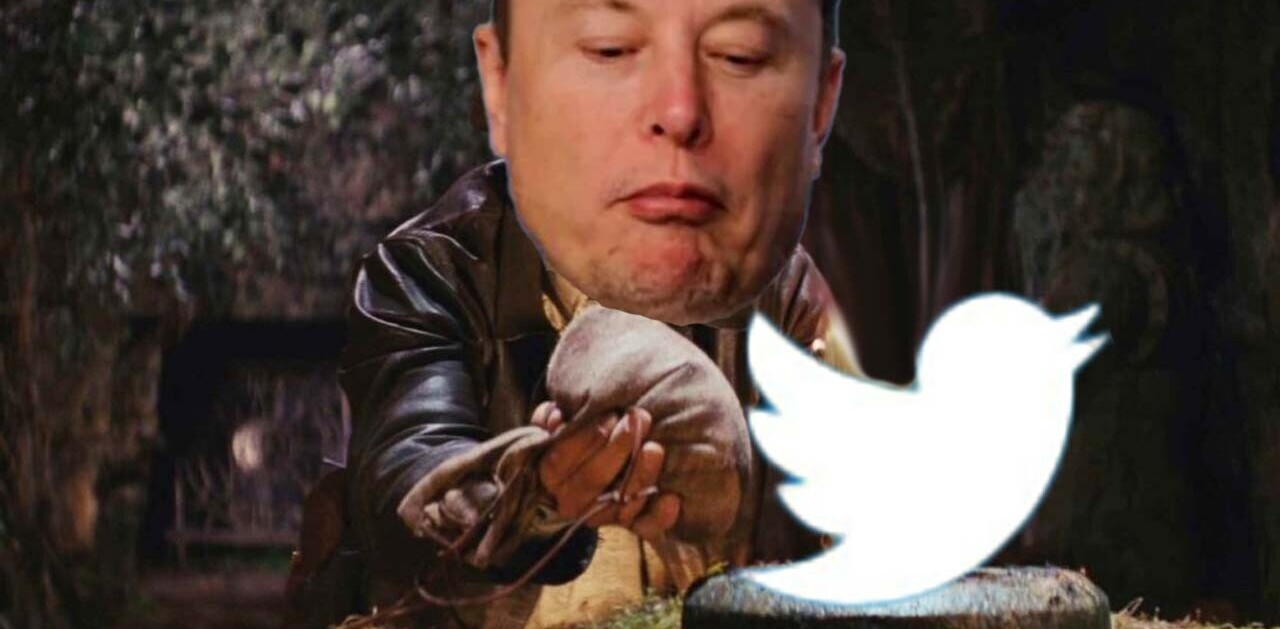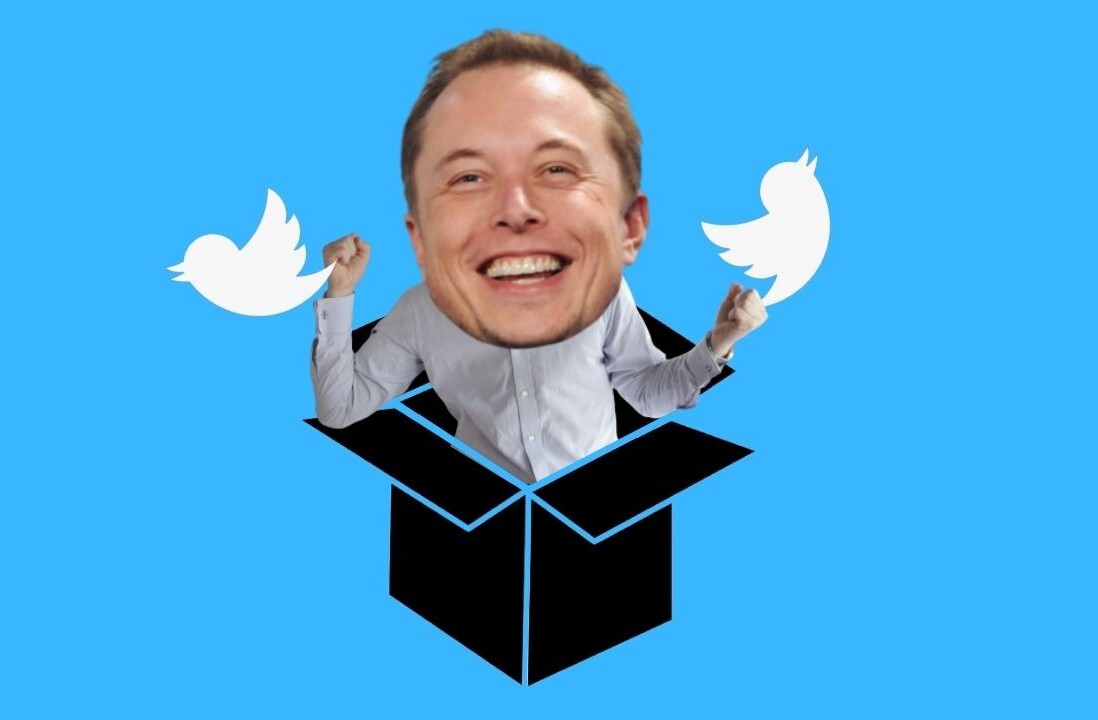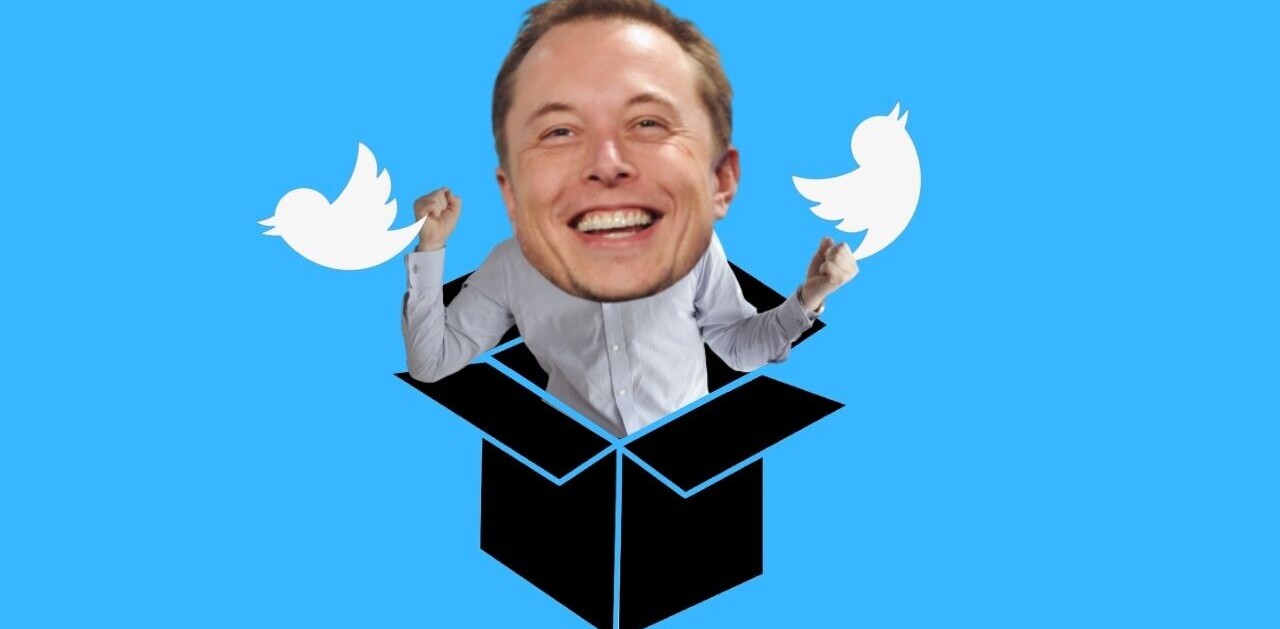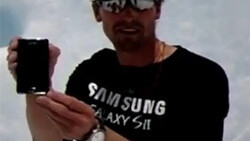
When it comes to utilising Twitter, companies and individuals aren’t afraid of letting the 140-character limitation stand in the way of their grand ideas. The UK’s West Midlands Police use Twitter to publish court reports, whilst the people of Tunisia used Twitter to break the news of their political situation. And remember when Twitter users helped to find a missing child in only 3 hours? The sky is the limit with what can be accomplished through the micro-blogging site, but quite often users forget that there is a limit or, rather, there are regulations when it comes to using the site to promote products or services.
Last week, when British mountaineer Kenton Cool scaled Mount Everest for the 9th time and claimed to be the first person to tweet from the top of the mountain, his tweets explicitly failed to disclose he was on a sponsored climb. It was Samsung who sponsored Cool to tweet from Everest using their new Samsung Galaxy S2 phone – a phone which already has 3 million pre-orders worldwide – showing that it’s not just American celebrities like Kim Kardashian and Snoop Dogg who are paid to tweet.
This time last year, neglecting to mention this sponsorship wouldn’t have raised any concerns, but after this past January when Handpicked Media failed to disclose payment to their bloggers promoting products, the UK the Office of Fair Trading (OFT) released its views on how companies should proceed with sponsored social media. The Advertising Standard Authority (ASA) then took this further and extended their CAP Code to include digital activities from March this year, which would be applicable to Cool and Samsung’s relationship.
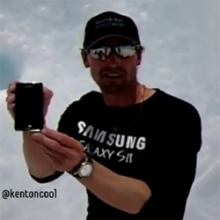 Whilst Samsung did reveal that they sponsored the expedition, none of Cool’s tweets mention that he was sponsored by them to use and, thus, promote the capabilities of the new Samsung Galaxy S2. Cool’s blog does mention the sponsorship, but the ‘sell’ around the phone was mostly tweeting from the top of Mount Everest and not his first blog post. Cool did use the Samsung Twitter handle in his most of his tweets, but this omission of joining up the Samsung handle and the sponsored element of the expedition in Cool’s tweets may be in breach of the CAP code if anyone feels that they have been misled.
Whilst Samsung did reveal that they sponsored the expedition, none of Cool’s tweets mention that he was sponsored by them to use and, thus, promote the capabilities of the new Samsung Galaxy S2. Cool’s blog does mention the sponsorship, but the ‘sell’ around the phone was mostly tweeting from the top of Mount Everest and not his first blog post. Cool did use the Samsung Twitter handle in his most of his tweets, but this omission of joining up the Samsung handle and the sponsored element of the expedition in Cool’s tweets may be in breach of the CAP code if anyone feels that they have been misled.
Incidentally, the honour of making the first tweet from Everest belongs not to Cool but to Eric Larsen, although Cool’s expedition emphasises the changing times we live in and that even in one of the most remote parts of the world you can still share what you’re up to with your followers.
Samsung has used a brilliant concept, bringing together the product and social media through a relevant public figure. However the lack of indication in Cool’s tweets that he was sponsored to use the product shows that education is still needed and the law needs to be reiterated to companies – whether in-house or agency – that social media is now subject to the same standards as any other form of advertising.
This lack of realisation has yet to become a costly mistake for a company, but time may prove that companies need to think just as carefully about their social media advertising as they do about their traditional activities.
Get the TNW newsletter
Get the most important tech news in your inbox each week.

